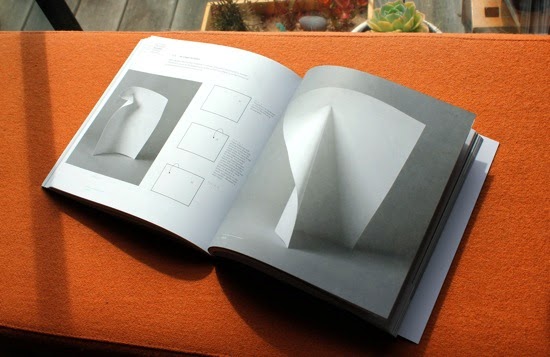The very first inspiration, which I got, is
butterfly’s wings. When the butterfly fly,it need to
wave its wings. So If every steps of wing’s movement
has been tracked ,then a beautiful pattern has been taken
on. And I wanted to record the path of the butterfly’s
wing when it fly. So that means I need a large amount of same patterns, Rather
than cut it one by one, I tend to to cut it just once. Therefore,laser cutting is a good choice . Because I tried laser cutting
before and know how it works. Then I bought a books got 20 blank pages, I was going cut the book directly then spread
out each pages.
Also I think my work is very similar to Noriko
Amber s works. her work is
primarily created by cutting precise holes
in books, magazines and other varieties of bound paper. these cuts result in
artwork which resembles topographic maps. some of the pieces are
sculptural, keeping the original book form, while others are more like relief sculptures. in
the first sight of her workfs,i think it is a laser
cut or CNC, but the most interesting thing about this work, that it is a free
hand cut paper.
And Noriko Ambe comments on his work, this is my life work. I individually
cut single sheets of paper by free-hand and stack them together. The work
consists of positive or negative shapes. I am trying to embody relationships
among humans, time and nature.”
first step that I begun to create this work is draw a butterfly’s wings, then I use
illustrator to trace that drawing and save as‘illustrator’then I brought to school and cut it. Because
the material is paper so it haven’t took long time.
Last time I used plastic ,it spent 2 hour to finished .
when I spread each pages out. It looked like that. It is exactly
what I expected.
Next step, I need to do the digital model by rhino. Firstly
I inserted the drawing that I made as background, and traced it using the line
tool. Then i turned the lines to surface. Finally used the array to created the
final form. And I changed the color to translucent .
Front view
right view
top view
when I finished
these process by making that piece of work,I almost experienced
everything that I experienced last term. Such as using rhino,illustrator,laser cutting. But not only knew
how to using these tools,but also investigated how
pattern can be used in 3d work and tried different materials. And played around
and make something different.




























